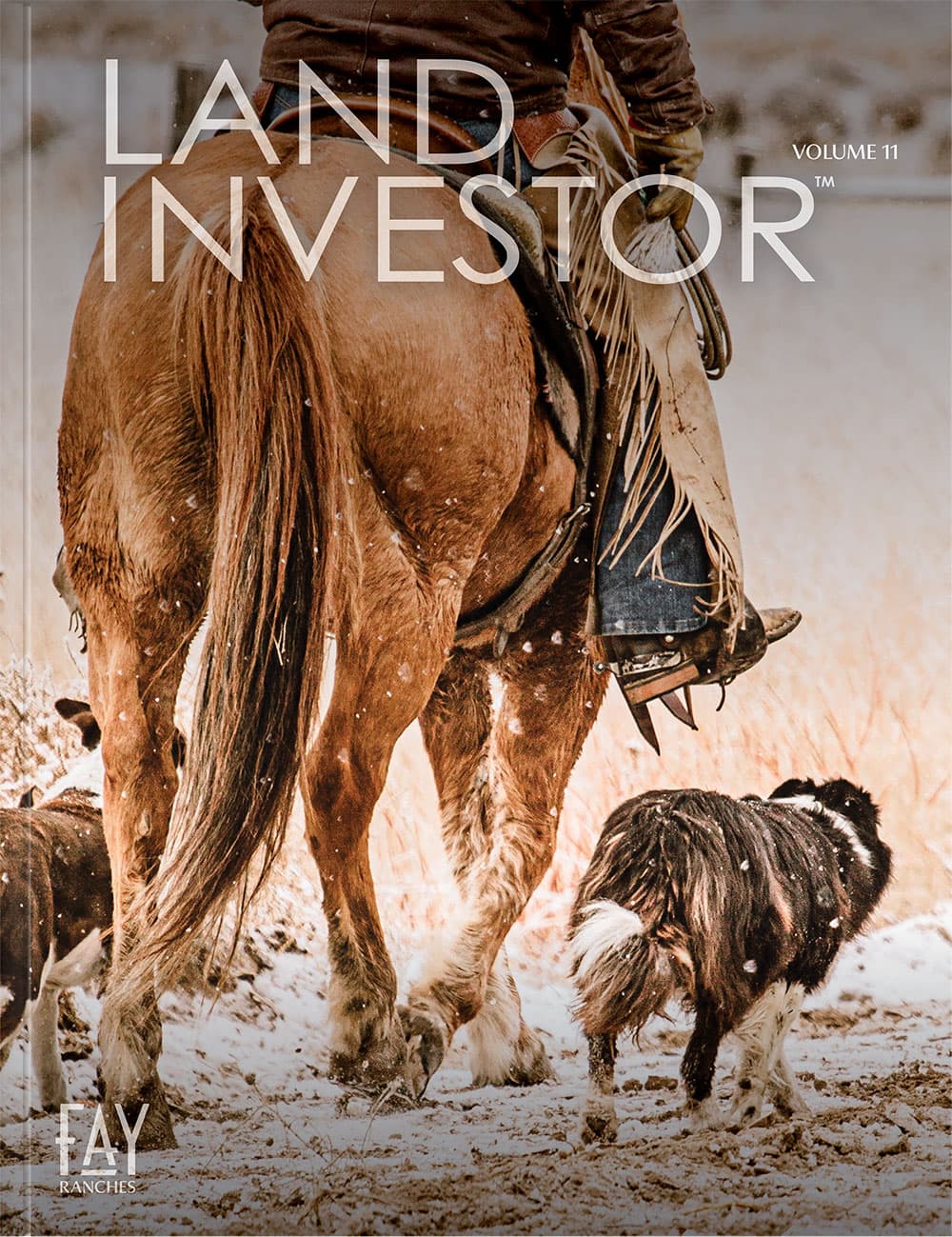Modern technology and logic from the existing fencing practices mentioned above have helped create an entirely new version of livestock containment. Enter virtual fencing, a technology that works from a GPS collar system. In June of 2022, I attended an NRCS field day in Eagle County, Colorado. A portion of the event was focused on adaptive grazing management and the role virtual fencing can play in forage management. I learned a lot about the system that day and found it to be a fascinating concept. The idea was that each cow in a herd would be fitted with a chain collar, which supports a box with a GPS unit that keeps track of temperature, movement patterns, and the speed of the animals' travel. The version I saw at the field day included two plastic chain links at the top of the collar that could easily break away if the chain were caught on an obstacle while an animal was wearing the collar. When an animal moves towards an area that is not permissible, the technology in the box will produce a sound to alert the animal that they are reaching its boundary, and if the animal continues towards the boundary, it will receive an electric shock. It is similar to the invisible fences that became popular for dog owners. These sounds and shocks are used to train the animals to turn back and stay within the approved grazing area. Pat Luark, the rancher owner who had been testing the units in Eagle County, said his cows learned the meaning of the sounds and shocks with little difficulty as long as the terrain allowed them to flee the stimulus in the correct direction without trouble. He spoke about an instance where the cattle would be walking down a fairly steep hill when they came to the boundary. When they began receiving the beeps and then shocks, it was a difficult slope to turn back up, so many of the cattle would push through the deterring sounds and shocks and head downhill out of their boundary because it was the path of least resistance. A positive design feature is that the reinforcement stimulus only works when cattle are inside the designated boundary limits. If they should leave the boundary and wander back in, the system does not sound or shock them upon reentry to the designated areas. He said that handling bulls with the collars was more challenging than the cows because they were less responsive. I believe that some of the cattle I own that weren't detoured by the electric fence would also not be stopped by the stimulus that the virtual fencing produces, but maybe, over time, they would begin to comply. Mr. Luark explained that the GPS collars made tracking the bulls that wouldn't stay within the established boundaries easy, providing another benefit of the collars.
Computer software used to operate the program is accessible in an app, which cattlemen use from their computer or smartphone. From the app, anything entered will be processed and stored in a server like the cloud, and then the boundaries laid out in the app are transmitted to towers that control the collars. The control collars are used for data collection and stimuli implementation.
During the field day, the key speaker noted that the towers could transmit up to 30 miles if the terrain were accommodating. Rough terrain can make it challenging to have an unimpeded signal, so the transmission distances are variable. The control collars also have an offline capability that allows them to store pertinent information still even when they are out of range of the towers. The cost of a tower is about $10,000. A solar panel and battery storage power these towers. An assembled tower is small enough to be transported in a pickup bed, making it relatively easy to move to new areas. The control collars were also battery-powered, and they said, on average, the batteries would need to be changed every six months. The collars are leased on an annual basis. The average cost of a collar was $37 paid annually, and the batteries cost about $10 each. I recently learned from another rancher in Huerfano County that losing collars in areas with dense scrub oak was somewhat common, and locating the animals who lost their collars became a challenge. There are positives and negatives to all technology. Currently, the virtual fencing for cattle is being tested with producers with 500 head of cattle or more. The NRCS offers a Conservation Innovation Grant, allowing ranchers to test virtual fencing on large ranch operations in some areas at no cost. The technology should work on other species, but is currently focused on managing cattle with this technology.









